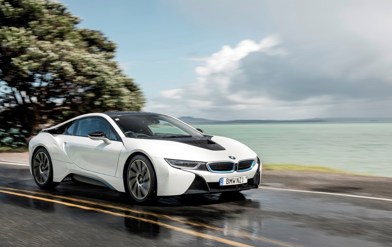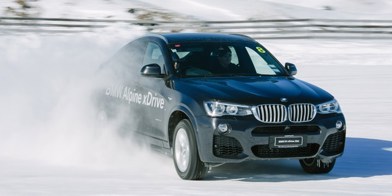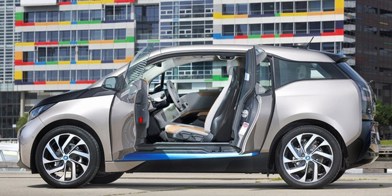Back in 2016 Land Rover upset some people when it stopped making the original Defender and announced that it was going to replace it with something, well, modern.
This outraged fans of the original who revered its formidable off-road abilities, rugged utilitarianism, ladder chassis and basic mechanicals. Then they became even more outraged when Land Rover revealed the new Defender, with all its retro-modern looks, high technology and, annoyingly, equally formidable off-road abilities.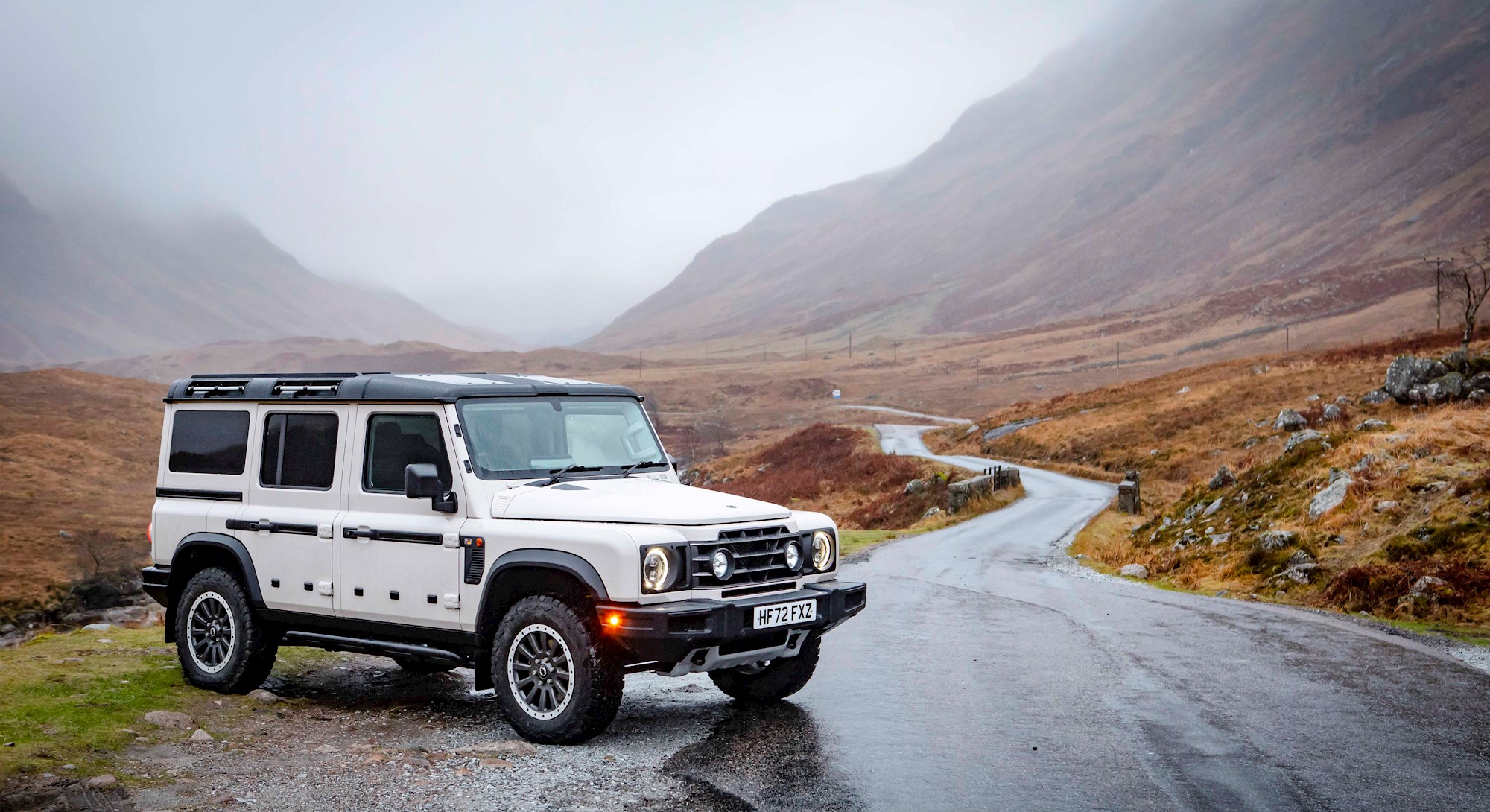
One particular man who was upset by Land Rover’s decision and longed for a basic, utilitarian and extremely capable ladder chassis off-roader was a bloke called Jim Ratcliffe. But unlike most of the upset other people he happened to be the billionaire founder and CEO of a giant global petrochemical company, so he decided to do something about it.
Initially that “something” was to simply buy the rights and tooling for the old Defender from Land Rover and continue production, but due to the fact that there was absolutely no way Land Rover would go for that, this idea was quickly replaced by a new one – to build a new vehicle from scratch.
And that new vehicle was called the Ineos Grenadier: Ineos, because the company Ratcliffe formed to develop and build it, Ineos Automotive, is a part of his giant petrochemical company, the INEOS Group. And ‘Grenadier’ because Ratcliffe came up with the idea at his favourite drinking spot, The Grenadier pub in London. Yes, really.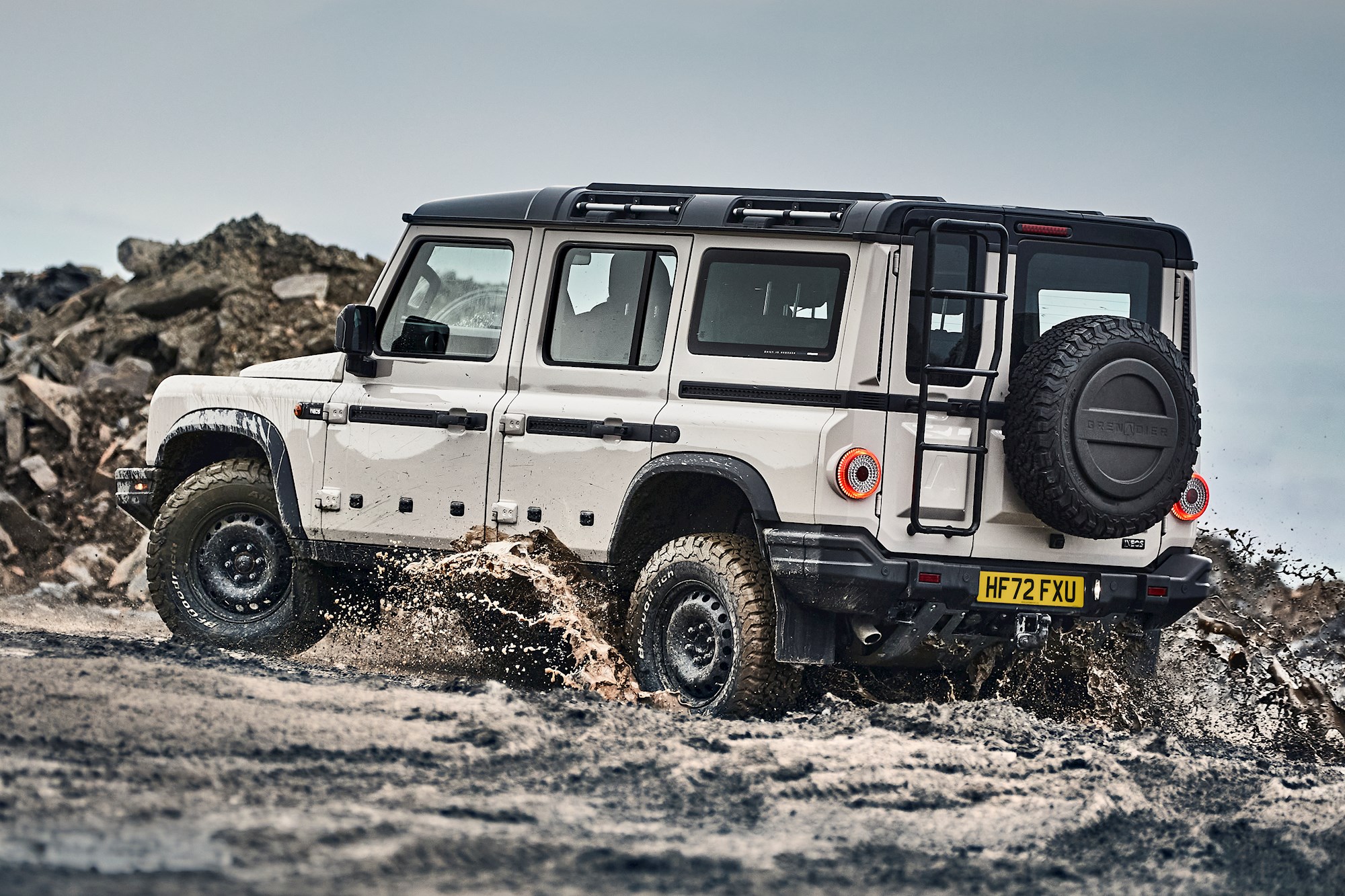
The Grenadier was announced around the same time another UK billionaire, James Dyson (the man behind the excitingly expensive range of high-tech vacuum cleaners that bear his name) was scrapping his plans to build an all-new electric car and writing off a billion dollars in development costs, so a lot of people had doubts about the viability of the Grenadier. After all, if Land Rover couldn’t make the costs of building a utilitarian off-roader add up after doing it for almost 70 years, then how could a newcomer to the industry?
And while that still actually remains to be seen, the Grenadier is now an actual thing that is in production. And we have driven it.
Ineos Automotive has kept the production Grenadier true to Ratcliffe’s concept, and it is very much a utilitarian ladder-chassis-based off-roader. The sort of thing that will go anywhere and then you can hose it out at the end of the day.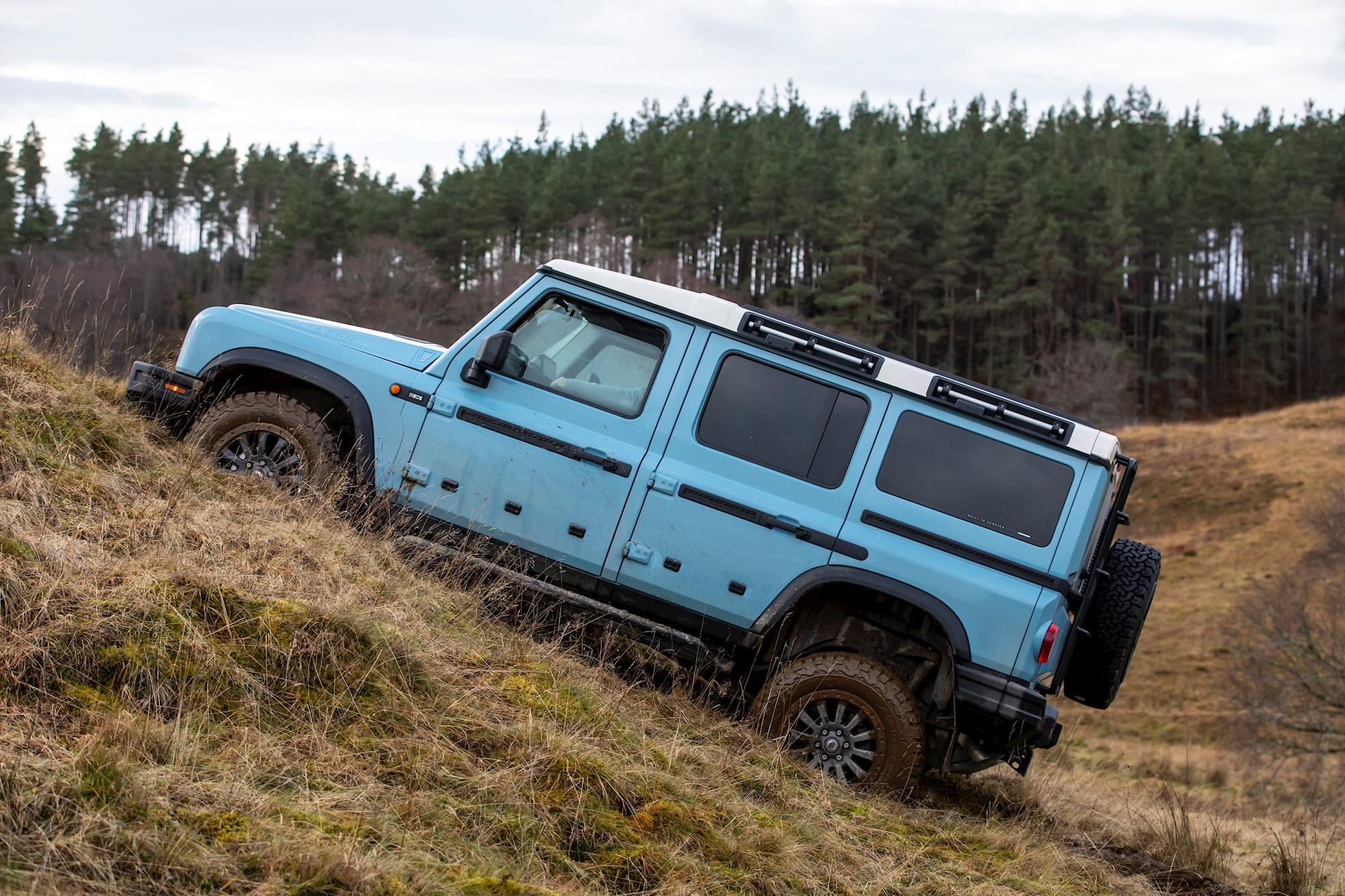
To this end it comes as one basic model, with a range of options that can be tacked onto it.
That basic package consists of a box-section ladder chassis (of course) platform with heavy duty Carraro beam axles and Eibach five-link coil suspension with anti-roll bars. Power is supplied by an inline six-cylinder engine, with a ZF eight-speed automatic transmission channeling the power through a permanent four-wheel drive system, with a low-range 2.5:1 Tremec two-speed transfer case.
The only real choices you have to make is whether you want the 183kW/550Nm diesel or 210kW/450Nm petrol version of the excellent BMW-supplied 3.0-litre straight-six turbo engine, although Ineos does offer an optional ‘Utility Wagon’ commercial version that has the rear windows blanked out, the rear seats removed and a full-height cargo barrier installed.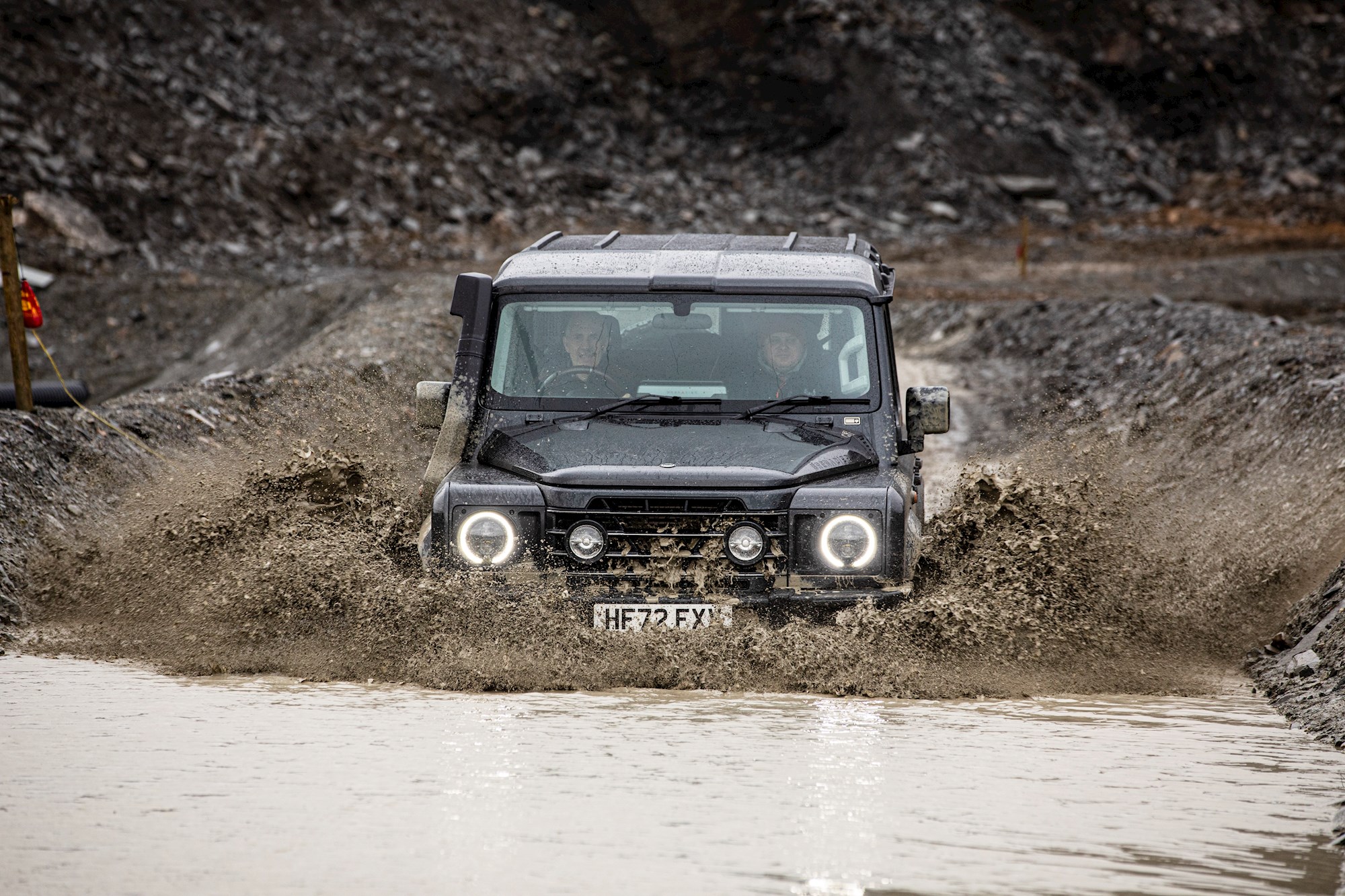
While there are two 'models' available – called Trialmaster Edition and Fieldmaster Edition – these are essentially curated option packs, with the Trialmaster being more off-road focused options and the Fieldmaster more towards on-road driving.
All of this comes in a handsome package that is almost consciously derivative of the original Defender. I say ‘almost’ because in the metal the Grenadier is actually far less derivative that it appears in pictures.
While the basic shape is unavoidably Defender-esque (the company justifies this by claiming that when you are designing a hardcore off-road wagon, you are almost inevitably going to end up with this shape), the details are more diverse, with more than a few hints of Mercedes-Benz G Wagen, Toyota Land Cruiser 70 Series and, yes, even Hummer in the mix.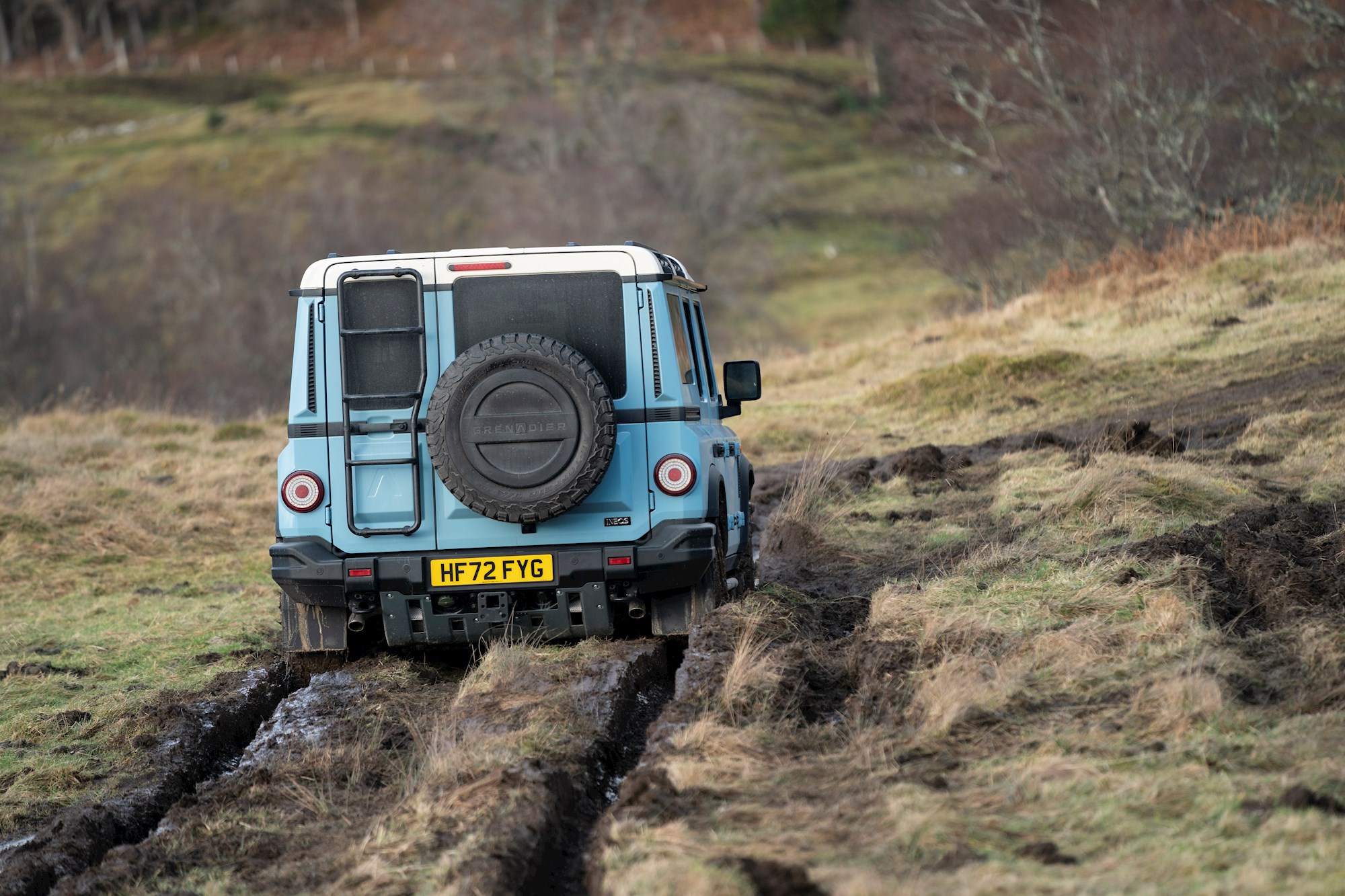
The most egregiously Defender-style cues are the windows in the top edge of the roof and the distinctive hips along the flanks – but those ‘windows’ are a twist, in that they aren’t actually windows. Instead they are load-bearing anchor points, much like the how ‘rubbing strips’ along the side are actually the tracks for an accessory rack system. The hips are just a blatant Defender knock-off though.
That feel of familiarity carries through to the inside as well, with the Grenadier adopting a very familiar chunky and upright vibe present in most hardcore off-roaders, signaling its utilitarian intent.
Ineos have done a very clever job inside the Grenadier, and made it actually look and feel premium (it is a $100,000-plus vehicle after all), yet also remarkably functional and rugged – all the switches and dials are chunky and widely spaced (allowing for easy operation while wearing gloves), and feel fantastically tactile to use, while the seats are both superbly comfortable and hard wearing, and all of the sensitive electronics are above the Grenadier’s maximum wading depth, making for a true hose-down cabin.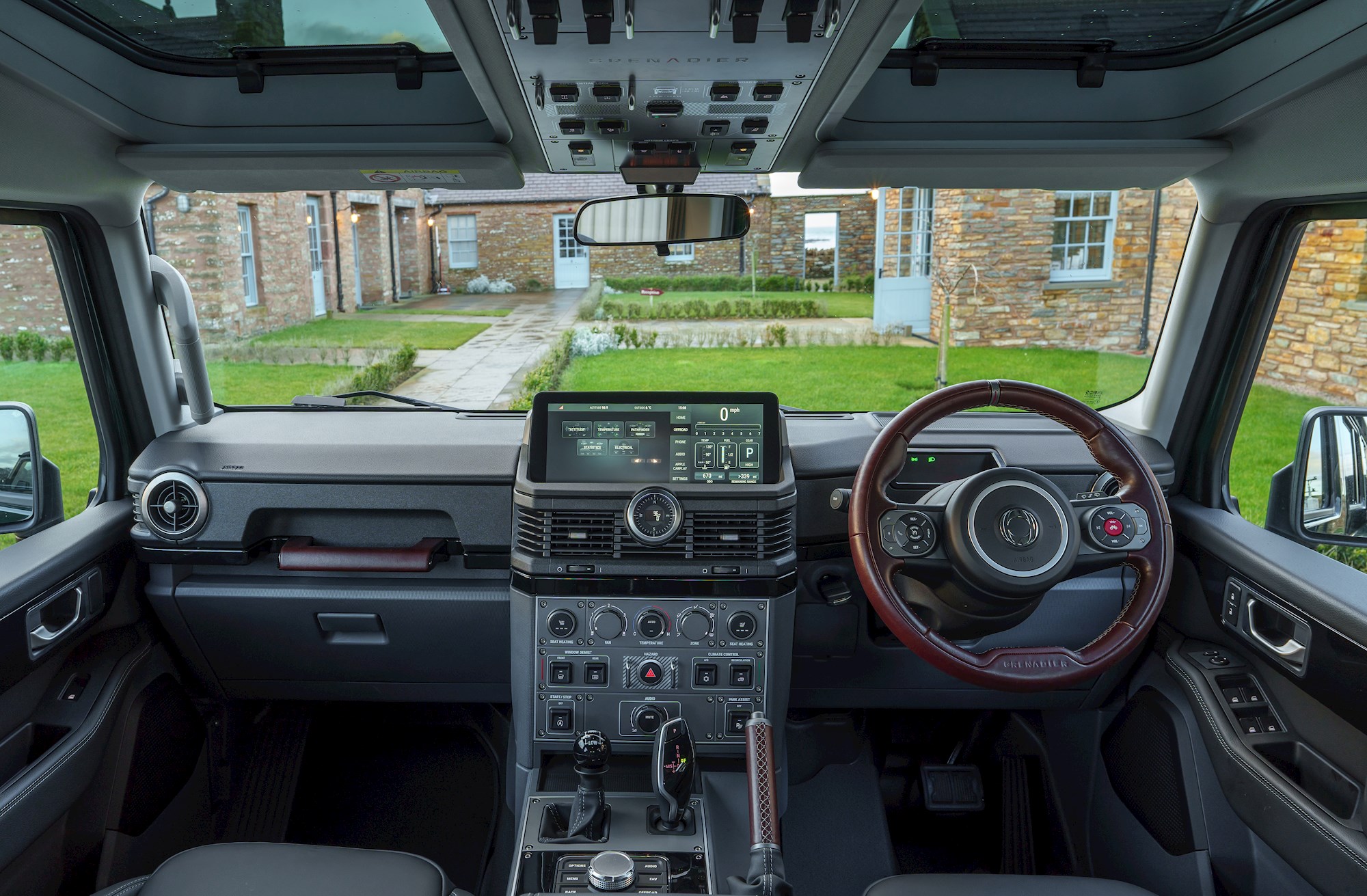
The cleverest trick it has pulled, however, is making the interior feel premium, while masking the fact that it is rather stripped out and lacking in modern features. For example, the fancy touchscreen infotainment system is clearly a cheaper option than things like gauges and dials, as well as using wireless Android Auto and Apple CarPlay for navigation. And while it doesn’t yet get adaptive cruise control (it does have the standard variety), that is coming in the next year or so.
But while the Grenadier does looks rather like a Defender inside and out, driving it is a genuine revelation – it is actually exceptionally good on the road in a way that the original Defender could never have dreamed of being.
While the ladder chassis and coil spring set up means it is still distinctly ‘trucky’ in its ride, there is a surprising amount of suppleness to it, with an impressive ability to smother imperfections in the road and it never devolves into any of the teeth-rattling harshness of your typical old-school ladder chassis 4X4.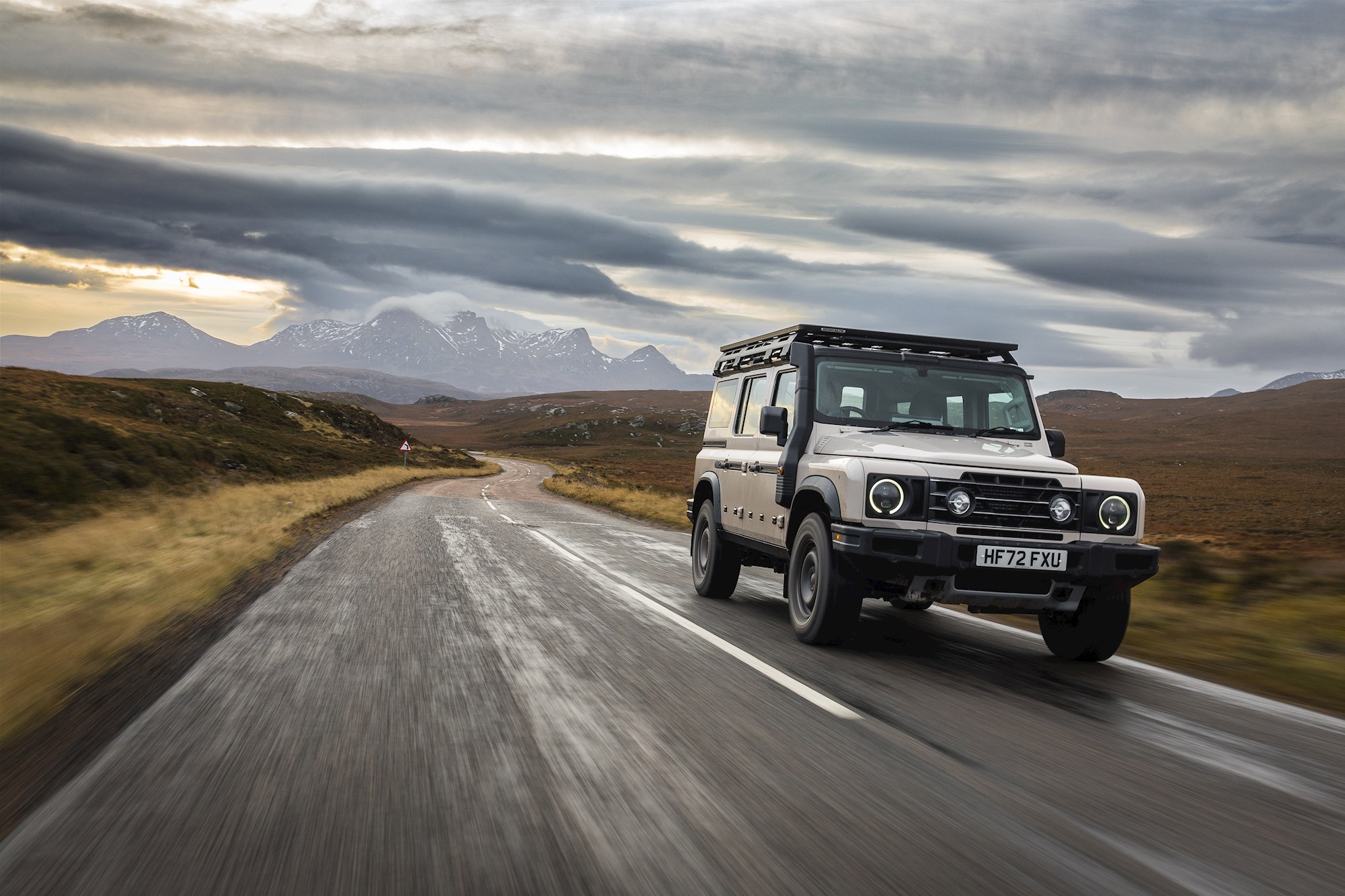
The handling is likewise light years ahead of where the old Defender left off, with impressive body control and surprisingly crisp turn-in. Again, it isn’t a sports car, but for a 2700kg off-roader, it is particularly impressive.
While both BMW engines are strong and willing, the petrol version offers a nicer spread of power and torque both on and off road, making it the likely pick of the range, but as always, it will really require some time in the Grenadier on local roads (and off them) to make a definitive call on that one. Safe to say, however, both engines are very well-suited to the Grenadier.
One potential concern over the petrol, however, will be its fuel consumption - Ineos claims a combined average figure of 14.4L/100km (and 325g/km of CO2) for the petrol engine, but heading into the rough stuff will see this soar. The diesel serves up figures of 10.5L/100km and 276g/km, by way of comparison.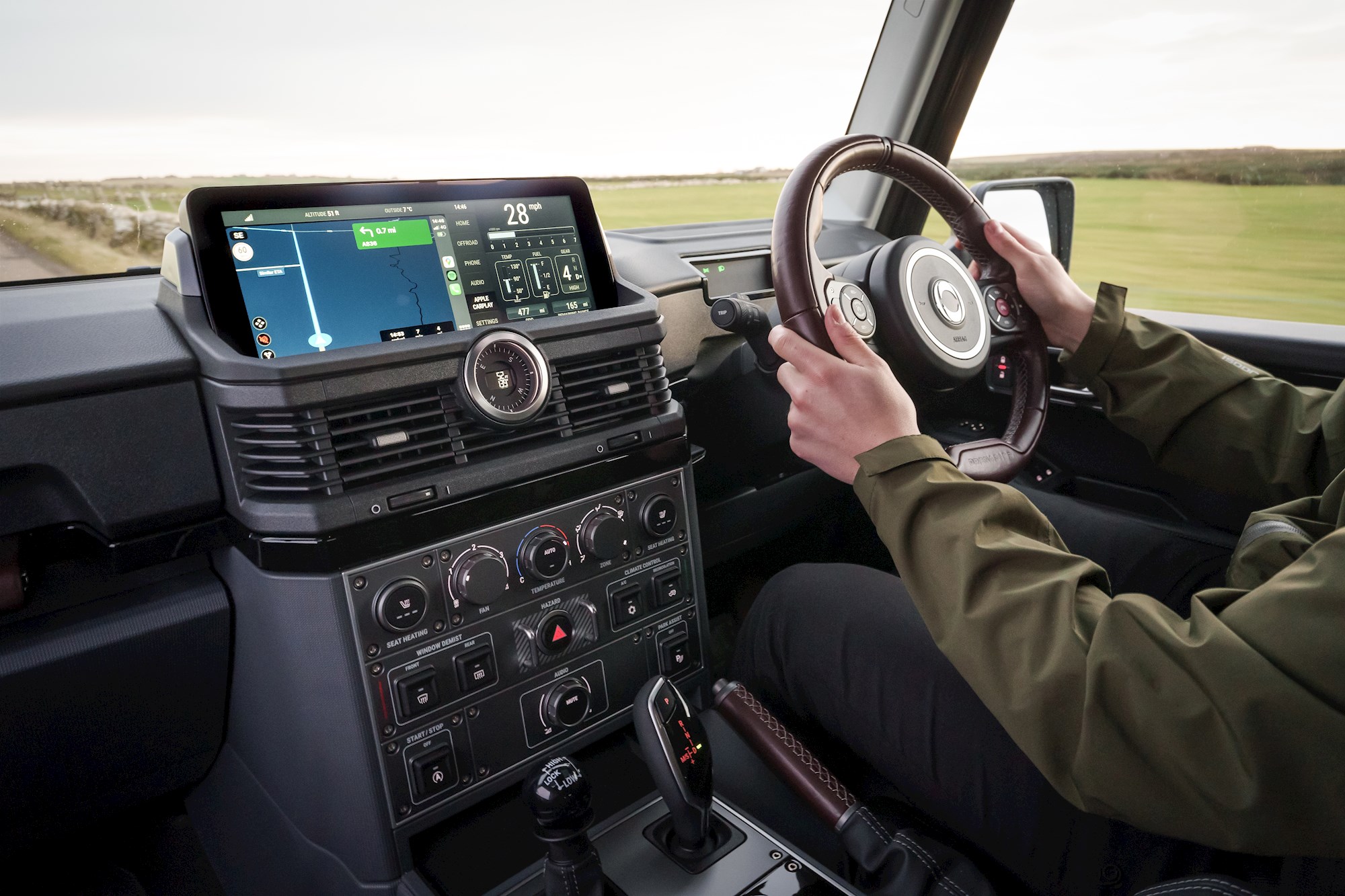
The biggest fly in the on-road ointment is the steering, which while accurate, is somewhat over-assisted and has a distinct lack of much in the way of self-centring. It’s not terrible, but it does take a bit of getting used to initially.
This lack of self-centring is, however, indicative of the Grenadier’s true purpose in life, as it is actually a good thing when off a sealed road, particularly when you are doors-deep in mud.
And that is where the Grenadier is truly in its element, with some deeply impressive specs: axle articulation is nine degrees at the front and 12 degrees at the rear, while approach and departure angles are 35.5 and 36.1 degrees respectively, with ground clearance of 264 mm and a wading depth of 800 mm.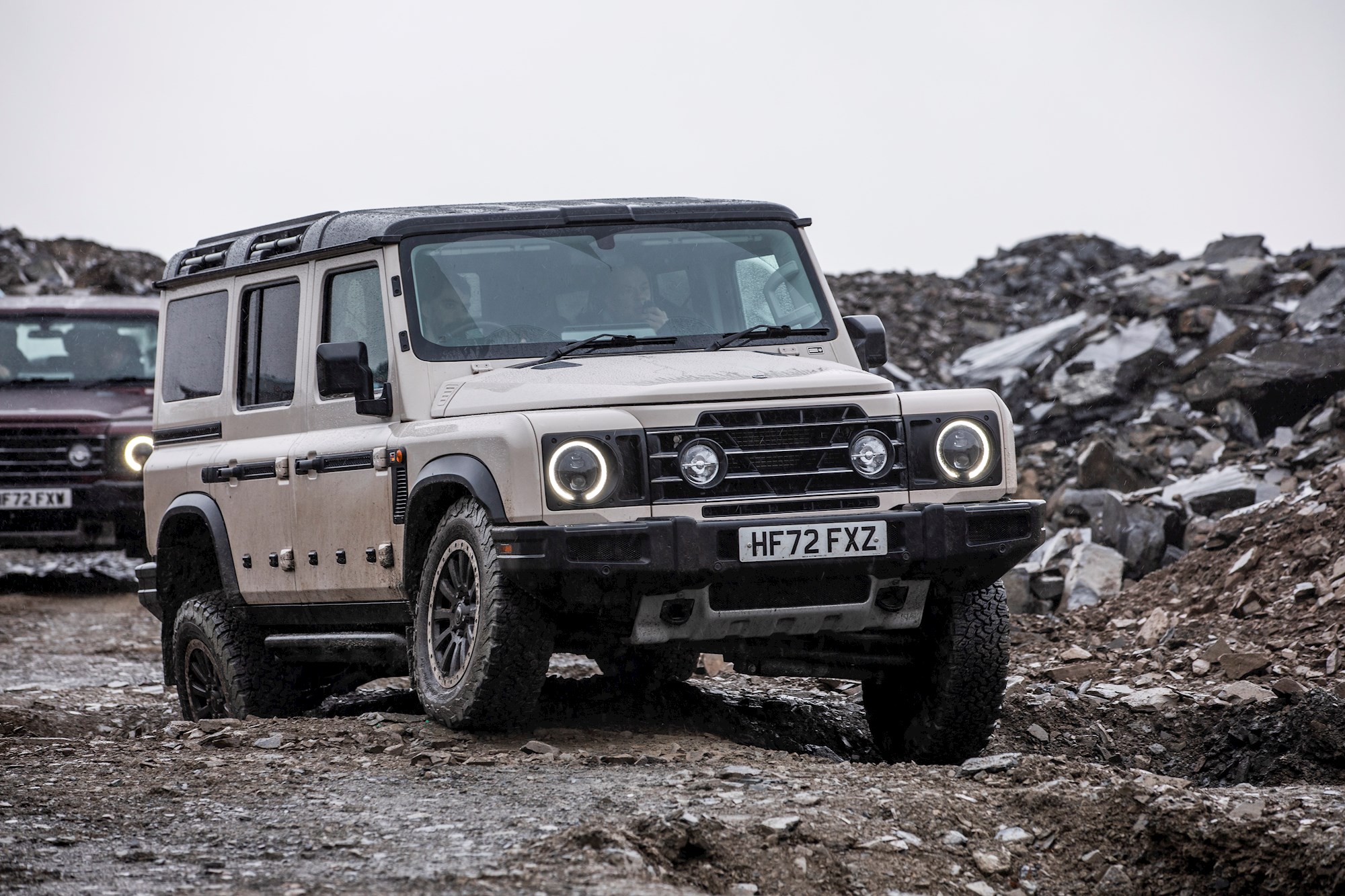
While it comes standard with a locking centre differential, front and rear locking diffs are optional, which are highly worth spending the extra on because they make the Grenadier pretty much unstoppable in the rough stuff.
The Grenadier will be landing on New Zealand shores later this year, with pricing starting from $105,000 for either the petrol or diesel Station Wagon variant (the Utility Wagon will start at $104,000), and while a ute version is coming, timing is yet to be confirmed.
So is it the rugged, utilitarian off-roader that original Defender fans wanted? Absolutely, yes it is. But will they buy it?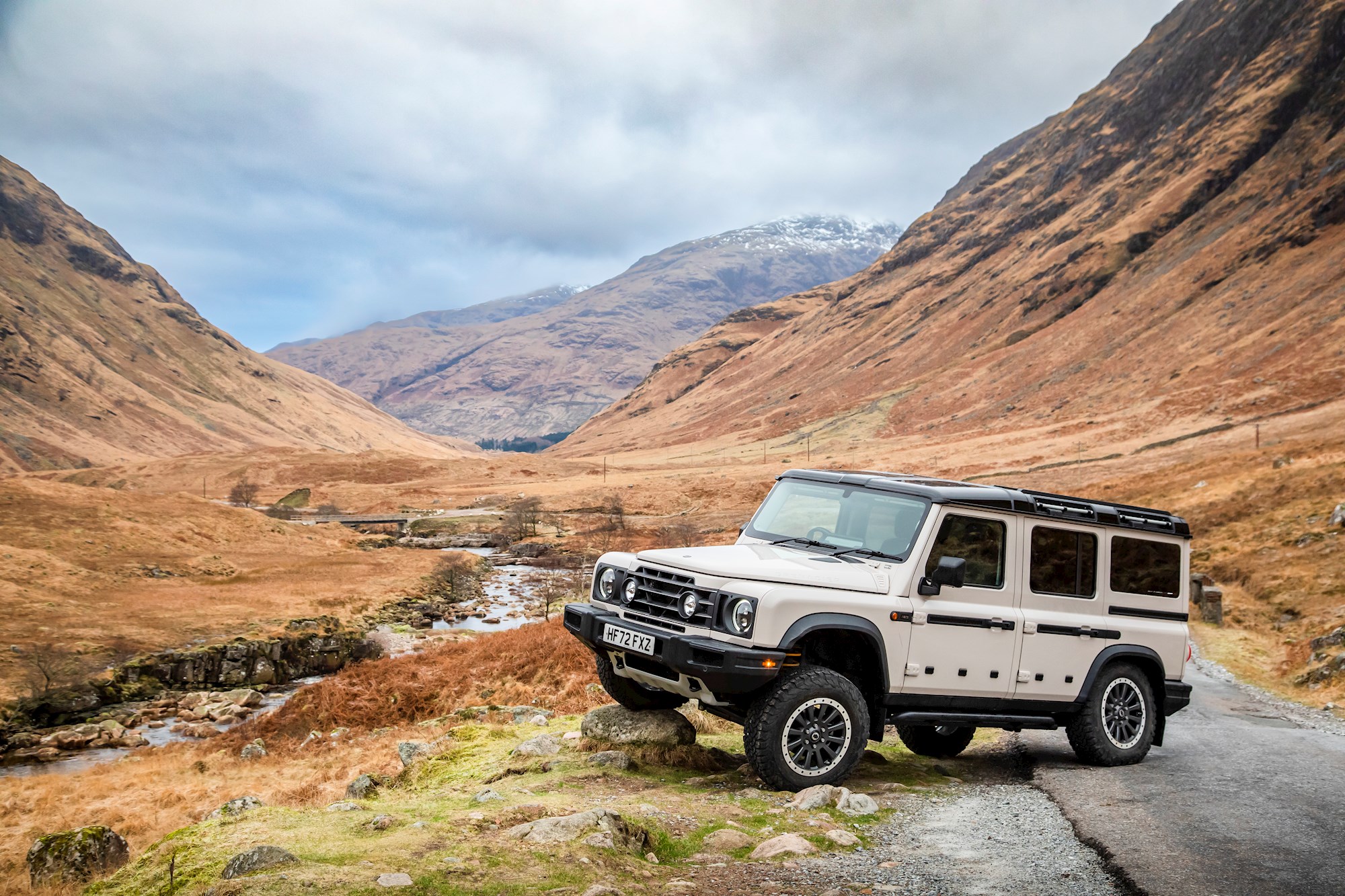
They should, because Grenadier is superbly competent on the road and off it, it is one of those 4X4’s that just makes everything utterly effortless, while remaining impressively comfortable at all times. It also feels exceptionally well-engineered and built, lending credence to Ineos Automotive’s claims of rugged utility and its “Built on purpose” tagline.
But possibly the most remarkable thing about the Grenadier is that it really doesn’t feel like a ‘first go’ at a vehicle from a company that has never made one before – if you didn’t know better, you would swear it had already gone through a couple of generations to iron out all the kinks, and is testament to Ineos Automotive’s engineering and development that the Grenadier feels as convincing as it does.
Not bad for something conceived in a pub, admittedly by a billionaire who was willing to throw cash at it until it was just right. Oh, and he also owns the pub now, too.
INEOS GRENADIER
ENGINE: 3.0-litre turbo-petrol inline six or 3.0-litre turbo-diesel inline six
POWER: 210kW/450Nm (petrol) or 183kW/550Nm) diesel
GEARBOX: 8-speed automatic, 4WD
0-100KM/H: n/a
CONSUMPTION: 14.4l/100km, CO2 325g/km (petrol) or 10.5l/100km, CO2 276g/km (diesel)
PRICE: $105,000 (plus estimated $5175 Clean Car fee)
























